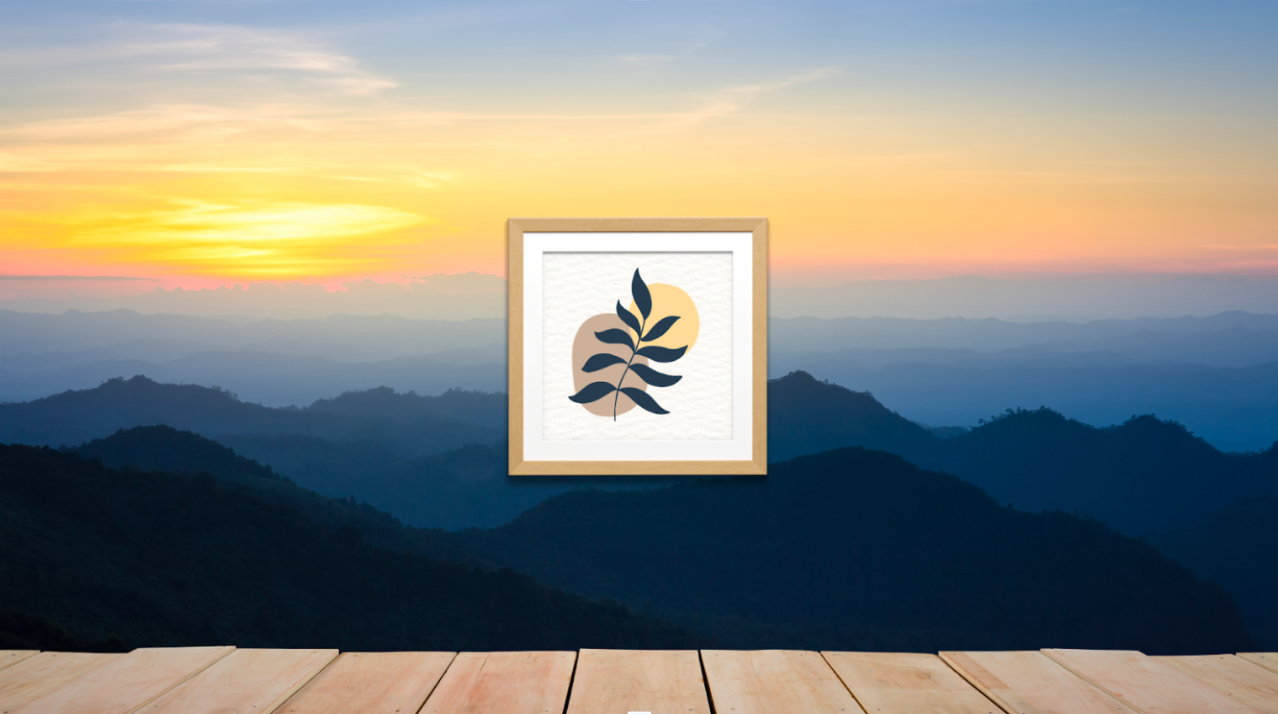Art inspired by nature has become a powerful movement in contemporary creative culture, bridging the gap between human expression and the natural environment. Through eco-art and biophilic design, artists and designers embrace organic elements, sustainable practices, and natural forms. These approaches reflect a growing desire to reconnect with nature while fostering environmental awareness, emotional wellness, and aesthetic harmony in modern living spaces.
Eco-Art: A Symphony of Sustainability and Environmental Consciousness
Eco-art is a genre where artists integrate ecological responsibility into their artistic creations. This art, inspired by nature, often uses eco-friendly materials and draws inspiration from environmental concerns, promoting a deeper connection between the audience and the natural world. The movement represents a fundamental shift in how we approach creative expression, making art inspired by nature a cornerstone of sustainable artistic practice.
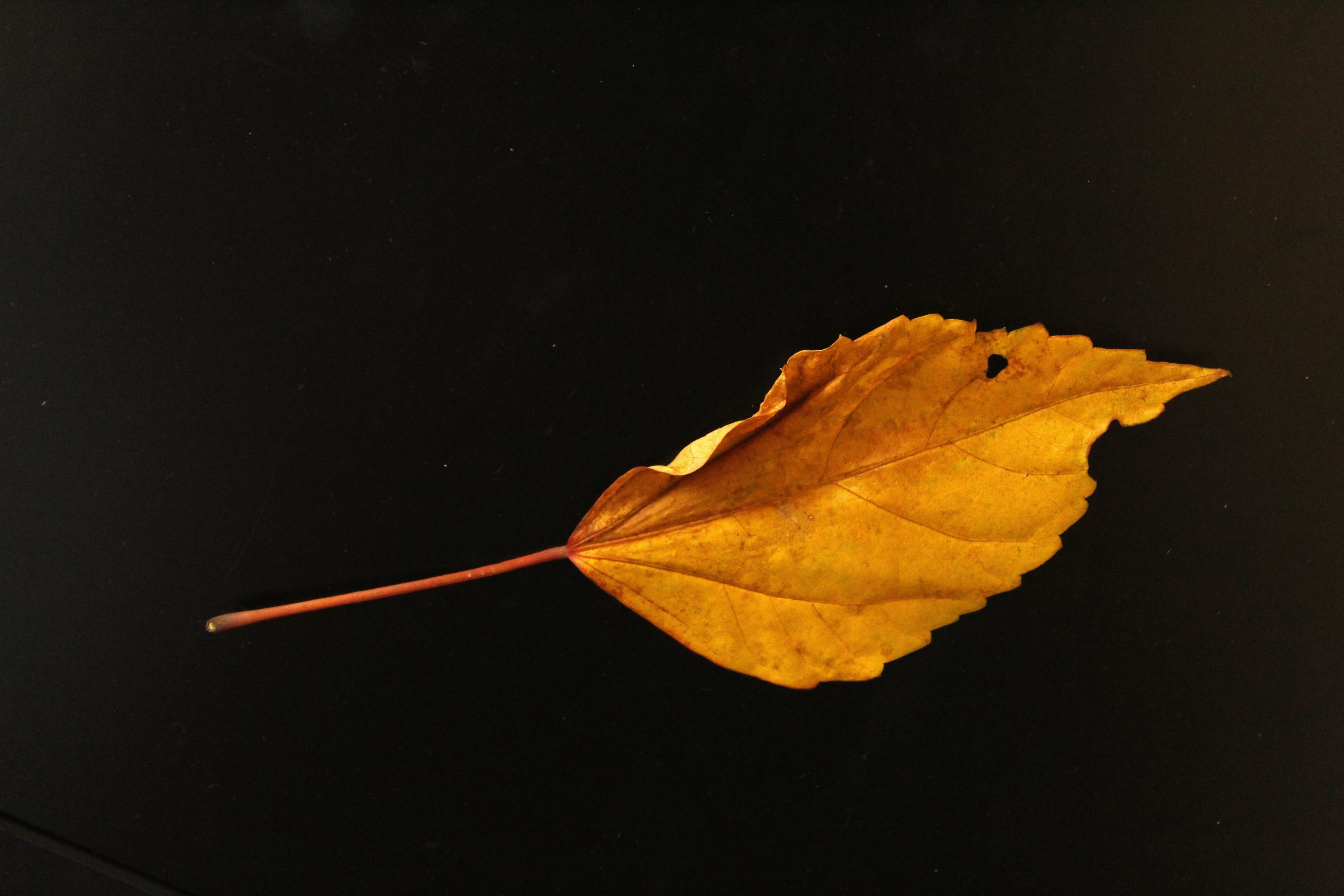
Pioneering Artists in the Eco-Art Movement
Two notable figures in this field are Andy Goldsworthy and Nils-Udo. Goldsworthy, a British artist known for his sculpture, photography, and environmental work, is renowned for creating site-specific land art using natural materials such as rocks, ice, leaves, and branches. His art is directly connected to the location where it is made, emphasising the use of elements from the environment. His artworks are temporary, meant to evolve and fade away, mirroring the fleeting beauty and the cyclical nature of life.
Nils-Udo, a German artist, has been a pioneer in environmental art. Udo’s art goes beyond just looking good; it carries a strong message about caring for the environment and living in harmony with nature. His works often include living elements, emphasising the delicate balance of ecosystems and encouraging us to rethink how we interact with the natural world. Udo has been involved in environmental art since the 1960s, creating impactful structures on a large scale using various materials.
These artists exemplify the essence of eco-art, blending artistic expression with a commitment to sustainability and environmental awareness. Their creations defy conventional art and cultivate a greater understanding of the fragile equilibrium within our planet.
Nature Inspired by Artists: Contemporary Voices in Environmental Art
The world of art inspired by nature continues to evolve through the vision of contemporary artists who transform our understanding of the relationship between creativity and the environment. These modern practitioners push the boundaries of traditional eco-art, creating immersive experiences that challenge viewers to reconsider their connection to the natural world through innovative art inspired by nature.
1. Digital Nature Artists and Virtual Ecosystems
Contemporary artists are increasingly incorporating digital technology to create virtual representations of natural environments. Through augmented reality installations and interactive digital sculptures, these artists create art inspired by nature experiences that can exist in urban environments where access to natural spaces is limited. These digital ecosystems respond to human interaction, creating a dialogue between technology, humanity, and nature through cutting-edge art inspired by nature.
2. Community-Based Environmental Art Projects
Modern eco-artists emphasise community engagement and collaborative creation. These projects involve local communities in the artistic process, from gathering materials to participating in the installation itself. Such collaborative efforts not only create meaningful art inspired by nature but also build environmental awareness and stewardship within communities. The participatory nature of these projects ensures that art inspired by nature becomes a catalyst for ongoing environmental action.
3. Restoration Art: Healing Through Creativity
A growing movement within eco-art focuses on the restoration and healing of damaged ecosystems. Artists work directly with environmental scientists and conservationists to create art inspired by nature that actively contributes to ecological restoration. These projects might involve creating sculptural elements that provide habitat for wildlife or installations that help filter water or improve soil quality, demonstrating how art inspired by nature can serve both aesthetic and environmental functions.
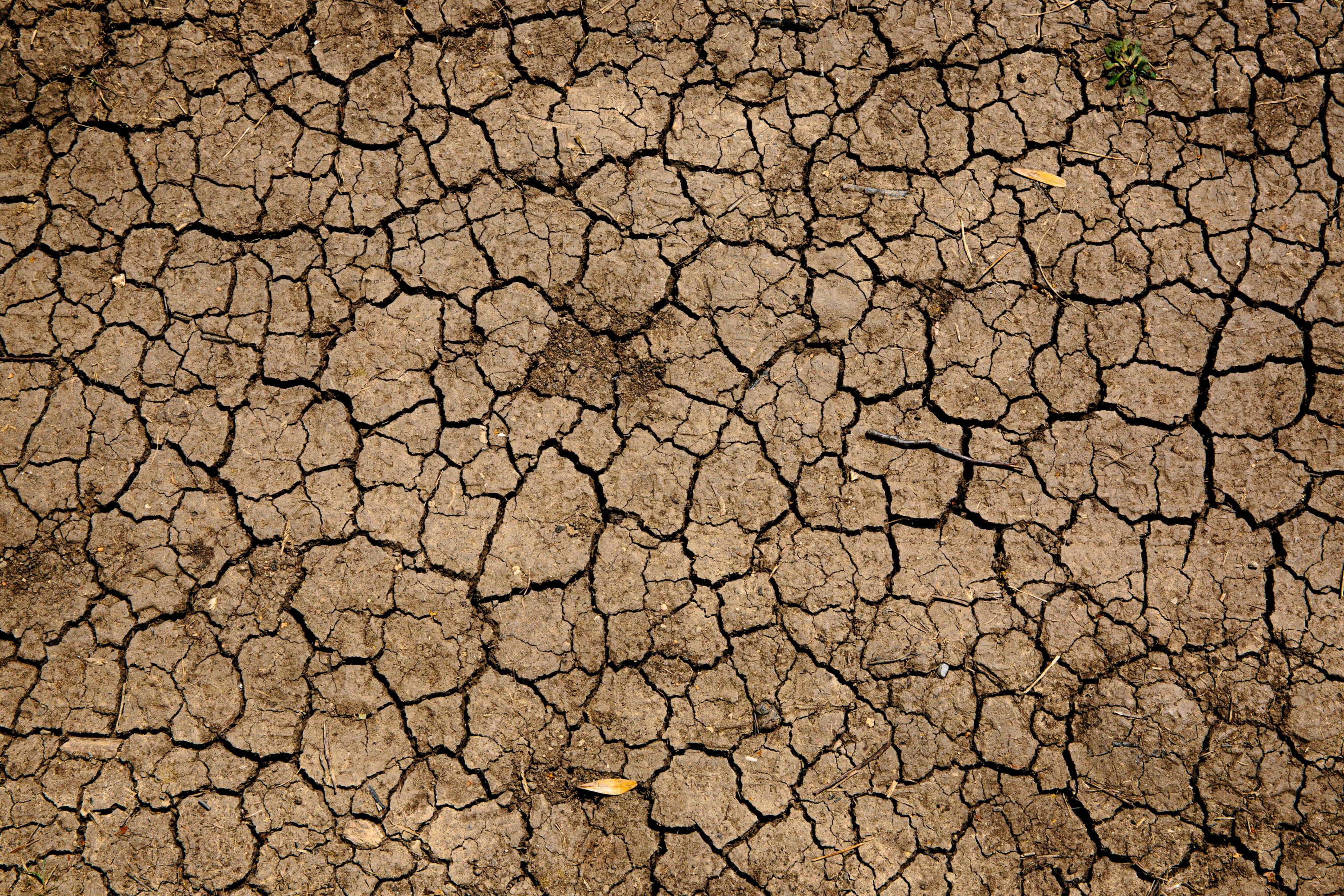
Eco-Art Installations: Where Art Meets Environmental Activism
Eco-art installations serve as a dynamic intersection between art and environmental activism, addressing the pressing issue of climate change. This genre has emerged in response to growing ecological concerns. It transcends traditional aesthetics, using various media like sculpture, installations, photography, and performance art to express environmental consciousness and foster a deeper connection between humans and nature.
Eco-artists engage communities through large-scale creations, inviting active participation in conversations about climate change. These interactive artworks enable individuals to get a different perspective on environmental issues. A notable example is Olafur Eliasson’s “Ice Watch,” where large ice blocks from Greenland were displayed in city centres, symbolising the melting ice caps and rising sea levels.
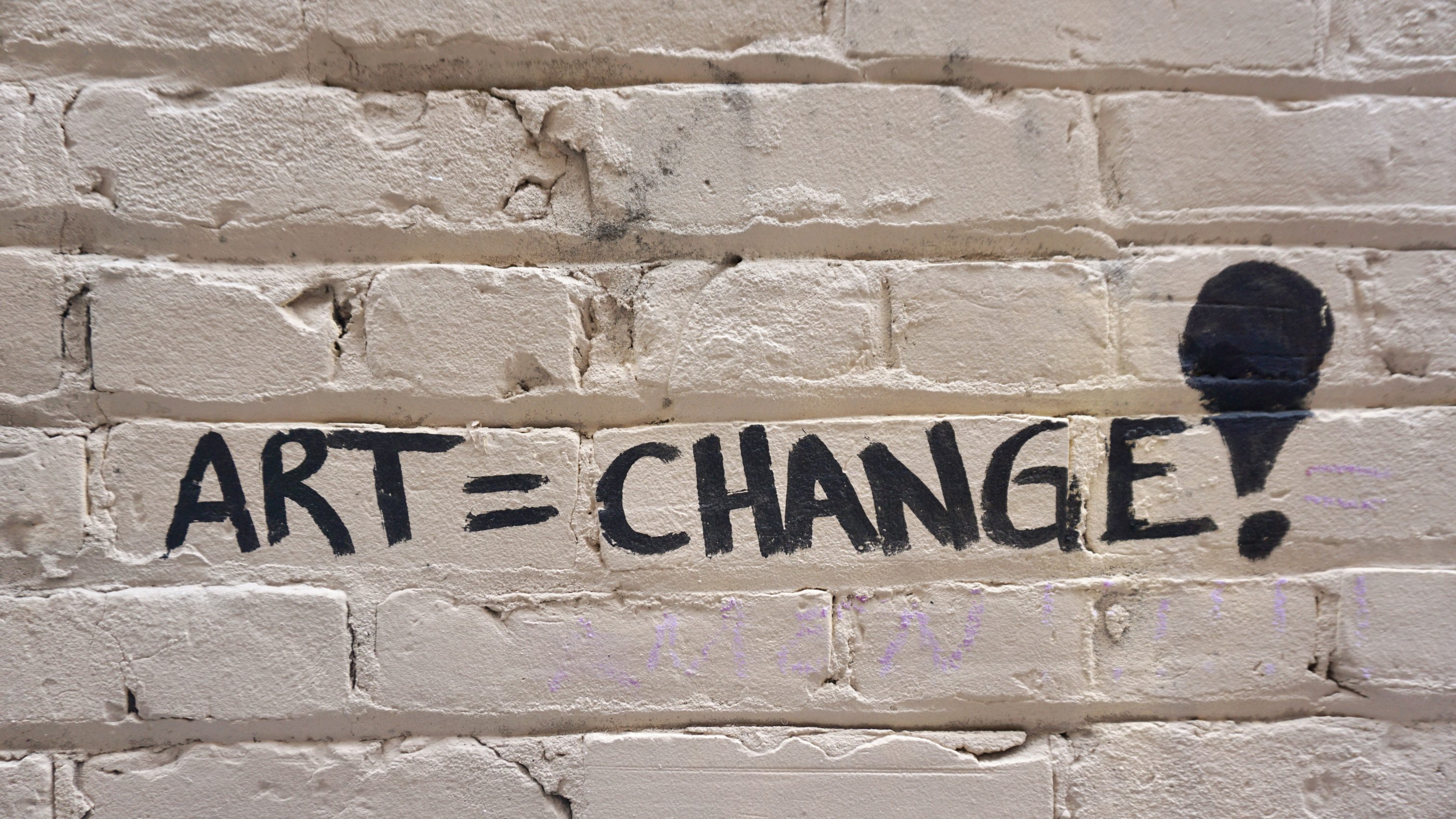
Eco-art installations are more than just awareness tools; they have the potential to drive tangible change. Some artists collaborate with environmental organisations, policymakers, and communities to implement sustainable practices and advocate for policy changes. For instance, Maya Lin, known for the Vietnam Veterans Memorial, now focuses on environmental issues, promoting conservation efforts and sustainable design.
In summary, eco-art installations are powerful voices in environmental activism, blending artistic expression with a deep commitment to ecological preservation and community engagement.
Biophilic Design: Nature-Infused Living Spaces for Enhanced Wellbeing
Biophilic design is a transformative approach that integrates the presence of nature into our living and working environments. It not only adds aesthetic value but also significantly benefits individuals in various ways:
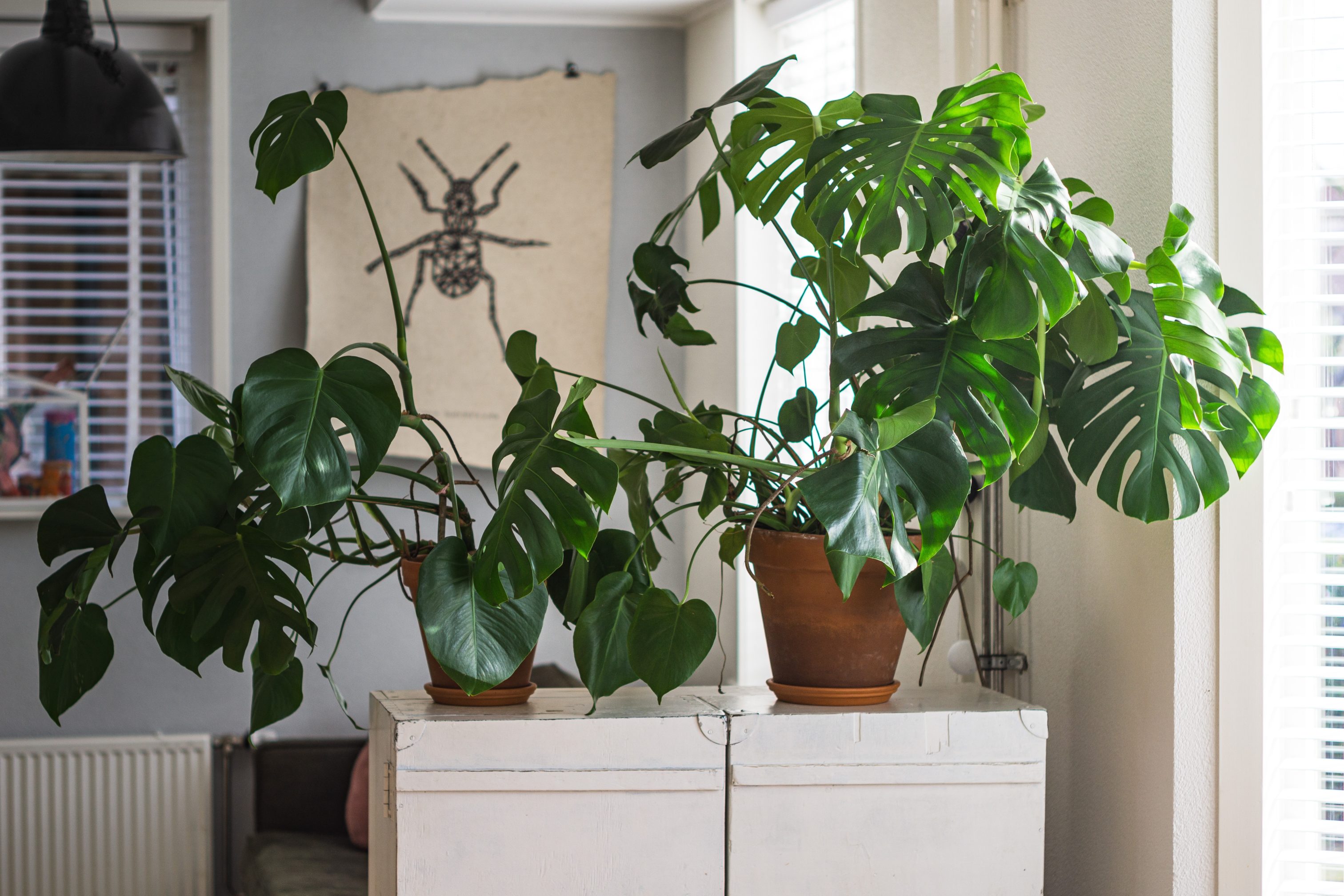
1. Health and Wellness Benefits of Biophilic Elements
Stress Reduction and Enhanced Creativity: Biophilia’s design philosophy is structured around the relationship between nature, human biology, and the built environment. It reduces stress, boosts creativity and clarity of thought, improves overall well-being, and expedites healing processes.
Physical, Emotional, and Intellectual Well-being: Implementing biophilic design in built environments can enhance physical, emotional, and intellectual well-being. Including elements like pictures of plants, mountains, and outdoor landscapes in interior spaces has been found to have the same mental health benefits as being in real natural environments.
2. Addressing Modern Urban Challenges Through Nature
Response to Urbanisation: As urban spaces increasingly become concrete landscapes, biophilic design offers a way to reconnect with nature. This design trend responds to the human need for the calming influence of natural elements, countering the detrimental effects of urbanisation, such as stress and disconnection from nature.


Emotional Well-Being in Workplaces: A study focusing on healthcare providers during the COVID-19 pandemic found that workplace biophilic design features significantly improved emotional well-being. This improvement was linked to greater satisfaction with green features and natural decor, enhancing attachment to the workplace.
Biophilic design is more than an aesthetic choice; it strategically integrates nature into our daily environments. It offers substantial mental and emotional health benefits, fosters a more profound connection with the natural world, and enhances the quality of life in increasingly urbanised settings.
Conclusion: Harmonising Human Creativity with Natural Elements
In our fast-paced world, the infusion of nature-inspired art and biophilic design provides a vital connection to the natural world. The growing appreciation for eco-art and biophilic design reflects our collective yearning to reconnect with nature amid increasing urbanisation.
These artistic expressions and design approaches do more than beautify spaces—they promote environmental consciousness, enhance well-being, and foster a deeper appreciation for our natural environment. We create harmonious environments that balance human innovation with nature by embracing these elements in our homes, workplaces, and public spaces.
As we move forward, integrating nature into our creative endeavours and living spaces will continue to play a crucial role in building sustainable communities and nurturing our inherent connection to the natural world. Whether through the intricate strokes of a painting, the intentional use of sustainable materials, or the inclusion of greenery in architectural spaces, these creative expressions bridge human experiences and the environment, guiding us toward a more balanced and environmentally conscious future.
Antique Picture Framing: FAQs
Art inspired by nature refers to creative works that draw ideas, materials, or themes from the natural world. It can include eco-art, land art, biophilic design elements, and any artwork that reflects the beauty, forms, or processes found in nature.
Eco-art goes beyond aesthetics by integrating sustainable practices and environmental consciousness into the creative process. It often uses natural or recycled materials, site-specific installations, and aims to raise awareness about ecological issues.
Notable eco-artists include Andy Goldsworthy, known for his temporary land art made with natural materials, and Nils-Udo, who creates large-scale installations that highlight our relationship with nature.
Biophilic design connects people with nature through elements like indoor plants, natural light, organic materials, and nature-inspired artwork. Research shows it can reduce stress, boost creativity, and improve mental and emotional health.
Absolutely! You can add nature-inspired paintings, sculptures made from natural materials, indoor gardens, or furniture and decor that mimic organic forms to create a calming, nature-infused living space.
Many nature-inspired artists and designers prioritise sustainability by using eco-friendly materials, renewable resources, or by creating works that encourage environmental stewardship and a deeper connection with the earth.
Restoration art is a branch of eco-art where artists actively contribute to healing damaged ecosystems. This can involve creating habitats for wildlife, improving soil or water quality, and collaborating with environmental scientists to integrate art with ecological restoration.
Contemporary artists use digital tools like augmented reality and virtual ecosystems to simulate nature in urban spaces, making nature-inspired art accessible even in places where real green spaces are limited.

